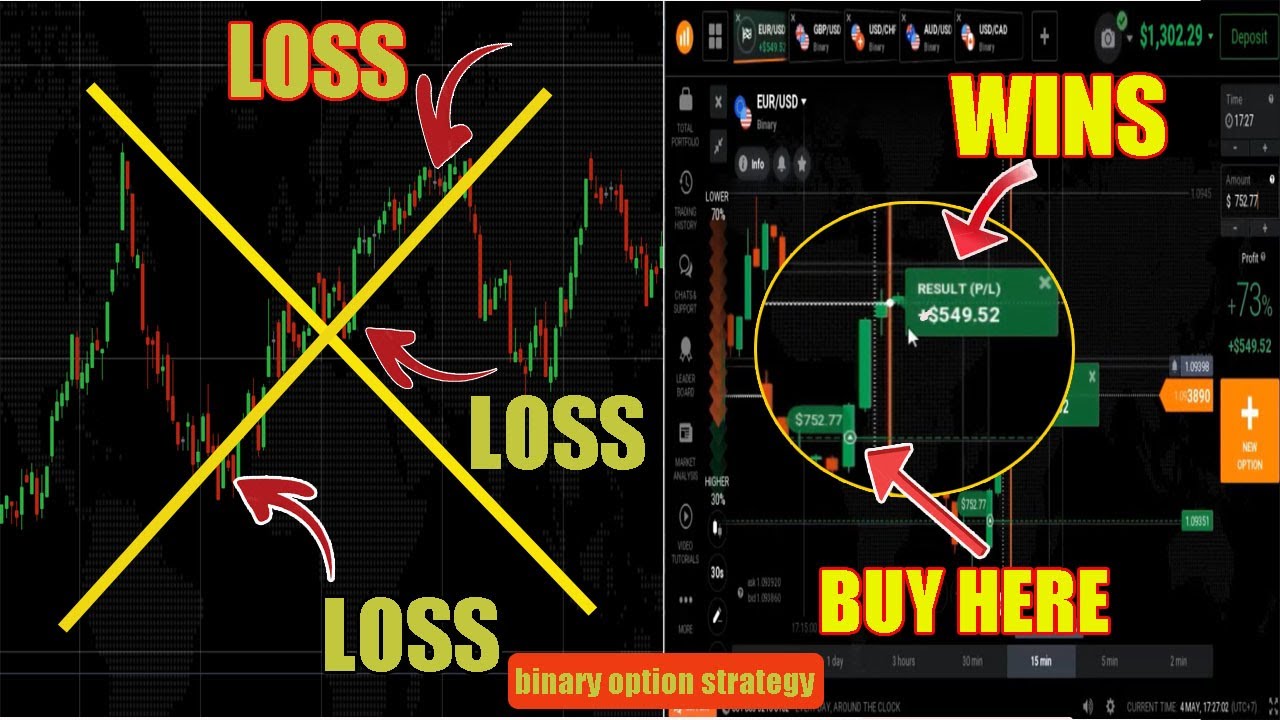Because binary options are all-or-nothing, they are a great way for traders of all levels to make predictions about the future direction of an asset, commodity, or market. Due to the short time until contracts expire—sometimes as little as an hour—they can be used for very short-term strategies. They also have very straightforward risk/reward profiles and risks that are easy to understand.
Because their payouts depend solely on a “yes” or “no” prediction, binaries are transparent, adaptable, and potentially dangerous trading instruments. You can use binary options trade to make directed bets, but you can also use them to profit from ranging markets or to speculate on price fluctuations.
Trading in binary options is different from more conventional options in that there is no middle ground. Payouts, wagers, fees, and hazards are all considerably different between traditional and binary options. Their distinct liquidity structure and overall investment procedure also set them apart.
Having a strategy is essential, even when trading options in the classic sense. In the case of trading binaries, this is much more pronounced. It is essential to have a trading plan. The market is too risky to enter at the moment. Most inexperienced traders will lose money if they don’t get some sort of training or mentoring. Trading binary options successfully requires a method that has been tested and proven.
The Foundations of a Successful Binary Options Trading Strategy
It’s crucial to find a binary options trading strategy that incorporates at least some four fundamentals of trading (signals, risk management, strikes, and self-control) in order to maximize your chances of success.
Strike Price
To put it simply, a striking price is a point at which a certain contract becomes effective. Establishing well-defined selection criteria for strikes is crucial for a successful binary trading strategy.
If a trader thinks a certain option’s price will not reach a certain level, they can hedge their bet by selling binary strikes above that level using the same type of binary option. A smart trading plan will detail the steps a trader should take in response to various strike prices.
Signals
Binary trading strategies that have been around for a while may or may not include a plan for signals. Therefore, you should develop your own signal plan to go along with your chosen binary options strategy. In order to save time tracking and deciphering market patterns, you can make use of signals, which are essentially messages from companies, day traders, algorithms, and technical indicators.
We advise you to learn the ins and outs of the market through independent study. Those interested in day trading binary options, however, may find signals to be of great assistance.
Management of Risk
In binary trading, risk control is of paramount importance. There is a tremendous level of danger involved in this type of trading. For this reason, many seasoned traders will not risk more than 1%–5% of their entire portfolio on a single options deal. Particularly if you’re just starting out, we’d say you shouldn’t risk more than one percent of your total wealth.
Make a plan outlining how to reduce your exposure to peril so that you don’t blow your entire capitalization on a single misstep. Generalizing, having a good approach can aid you in determining the appropriate position size for each trade from the get-go.
In binary options, the longer you have been trading and the more familiar you are with the nuances of the trade, the less you will need to regularly recalculate your position in light of market swings. Instead, you can choose a single number and trade with it every time.
Management of Emotions
Trading binaries calls for a level of emotional maturity that not everyone possesses. This is true for all forms of investment, but it is particularly pertinent to binary options trading. Due to the high degree of inherent uncertainty, it is all too easy to make a poor decision or an inaccurate prediction in an effort to salvage a profitable option.
Maintaining composure under pressure is essential for success in this type of trading. Using a demo account as a stepping stone into the trading process is a good technique to improve one’s approach to emotional management.
Conclusion
The time spent developing a trading strategy is time well spent. It needs to be quite thorough and include, at a minimum, the parts we’ve already covered. As you trade, you’ll need to go back and change your plan because things will happen that you didn’t expect.
However, once your plan generates profits, you should stop making changes to it. The goal of the strategy is to systematize your trading, so you can identify profitable and unsuccessful strategies. If you are always making adjustments, the strategy will never prove to you whether it is effective. Traders who don’t take the time to establish a plan are setting themselves up for failure.




